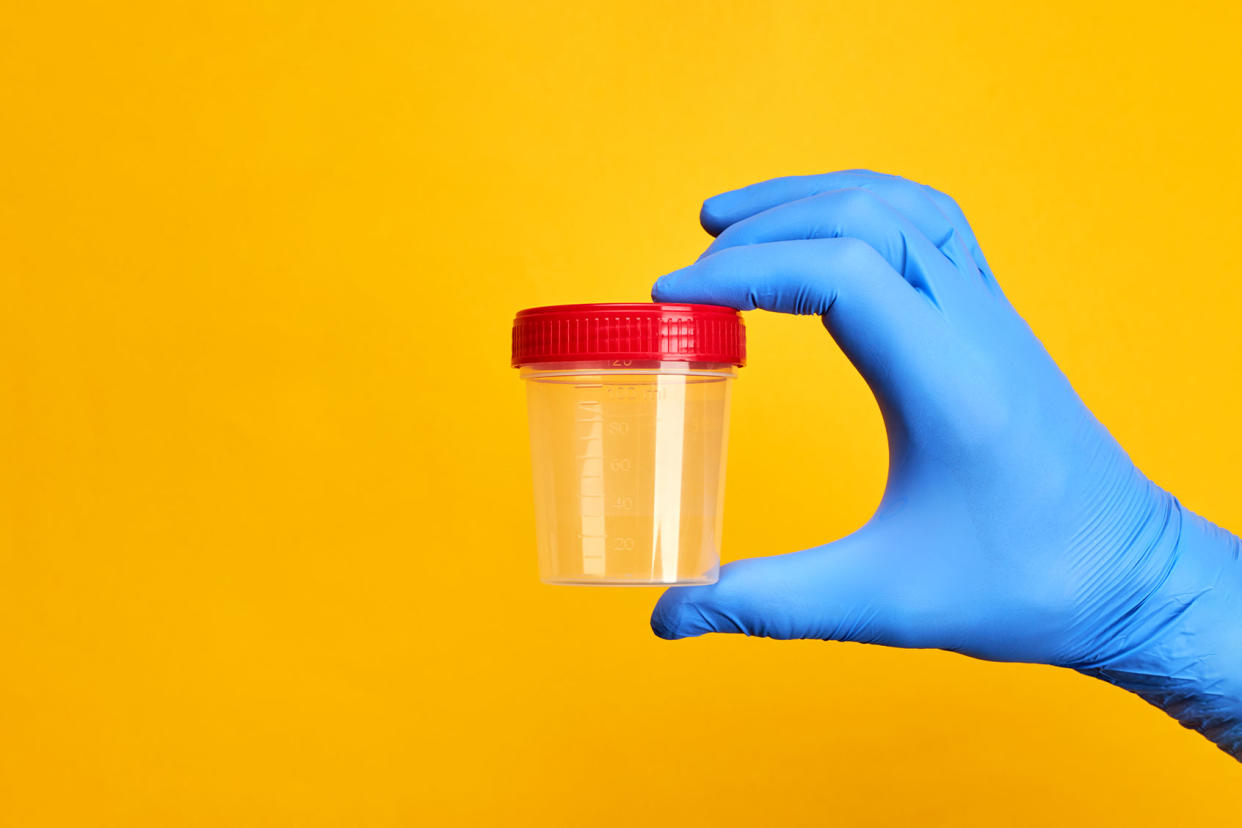Scientists solve mystery behind why pee is yellow

"Don't eat the yellow snow” and “drink until clear" are common phrases about the color of urine that many people live by, used as guidance to avoid eating pee-tainted snow or as a reflection on how hydrated a person is. But have you ever asked yourself: why is pee the color yellow in the first place?
Researchers at theUniversity of Maryland and National Institutes of Health were curious to find an answer, as it’s a question that has perplexed scientists for nearly a century. According to a new study published in the journal Nature Microbiology, the case has finally been cracked: yellow urine is the cause of a microbial enzyme.
The enzyme is called bilirubin reductase, and it’s a result of the degradation of red blood cells. Once they break down, a bright orange pigment called bilirubin is produced. Typically, bilirubin is secreted into the gut where it has to be discharged. It can also be reabsorbed, which in excess can cause jaundice, which is when a person’s skin and eyes become yellow.
“Gut microbes encode the enzyme bilirubin reductase that converts bilirubin into a colorless byproduct called urobilinogen,” lead author Brantley Hall, an assistant professor in the University of Maryland’s Department of Cell Biology and Molecular Genetics, said in a media statement. “Urobilinogen then spontaneously degrades into a molecule called urobilin, which is responsible for the yellow color we are all familiar with.”
Scientists are not only excited to finally unravel the mysterious phenomenon, but they are also hopeful this finding could have implications for other health issues. That’s because the research team found that bilirubin reductase is present in almost all healthy adults. However, it is often missing from newborns and individuals with inflammatory bowel disease.
“Now that we’ve identified this enzyme, we can start investigating how the bacteria in our gut impact circulating bilirubin levels and related health conditions like jaundice,” said Xiaofang Jiang, the study’s co-author. “This discovery lays the foundation for understanding the gut-liver axis.”

